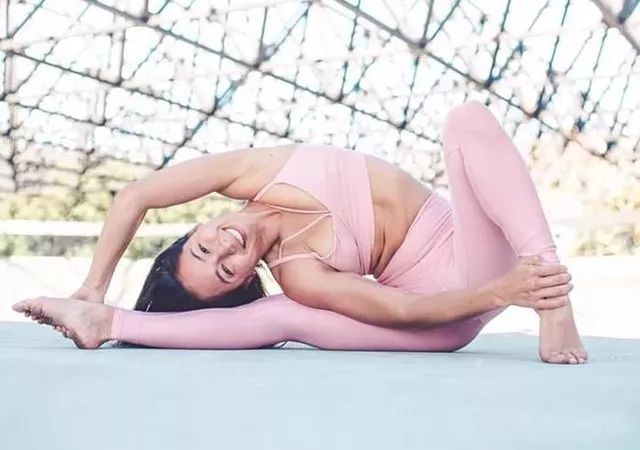New and old students who often practice yoga may find a “strange” phenomenon.

Yoga courses with different themes, such as: basic Hatha; Stream yoga; Slimming shaping; Shoulder and back physiotherapy; Waist and abdomen training; Hip and leg shaping; Wait, in these courses, the poses arranged by the teachers look almost the same.

Why are the styles of these courses the same? Are they really the same? It must be different.

First of all: Yoga is a comprehensive exercise of the whole body.

One person can exercise all parts of the whole body.
For example, in the downward dog position practice, you can exercise to: wrist, forearm, shoulder and back, chest, neck, waist and abdomen, hip, thigh, calf, heel, toe and other parts.
However, in different subject courses, the parts of the same individual exercise are different.
For example, downward dog pose will appear not only in shoulder and neck physiotherapy courses, but also in hip and leg shaping courses.
When the present dog pose appears in the course of shoulder and neck physiotherapy, the teacher’s purpose at this time is to expect to exercise your shoulder and back with the help of the present dog pose.
Therefore, you need to concentrate on the feeling of shoulder and back muscle group exercise stimulation, and the feeling of shoulder and back extrusion and vibration.
When the current dog pose appears in the hip and leg shaping course, the teacher’s purpose at this time is to expect to exercise your hips and legs with the help of the downward dog pose.
Therefore, you need to concentrate on feeling the stimulation of hip and leg muscles, the stretching of hip, rear thigh and lower leg, and the squeezing and tightening of front thigh.
Other postures, such as flat support, three warrior postures and dancer postures, although they are the same postures, the teachers focus on different subjects, so the exercise parts are different and the effects are different.
Secondly: the repeated practice of asanas in each yoga class, although it is the same sequence and the same asanas, even if it is a course with the same theme, it will bring different feelings each time, and then continue to refine.
In fact, the habit of loneliness and boredom itself is also a kind of self-learning.
In a fixed classroom, repeat the same posture, face familiar faces and make progress slowly and step by step.
Finally: Although you have the same posture and the same classroom, you feel different every time you practice, and the intensity of each time is also different.
You make progress and change in each class.
Teachers often say that practice with awareness and reflection.
Don’t let yourself practice in situ.
Each time you practice the same pose, you should have different feelings to break through- Recommendation – Yoga station breathing meditation reading life yoga long press the QR code to pay attention to me..

